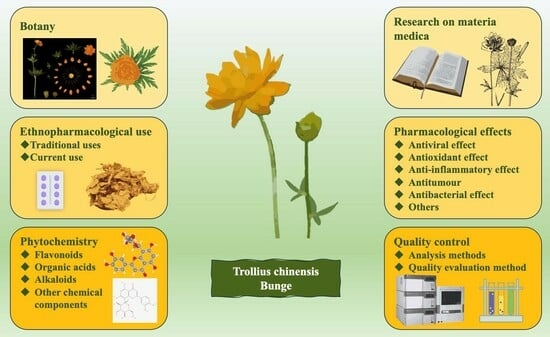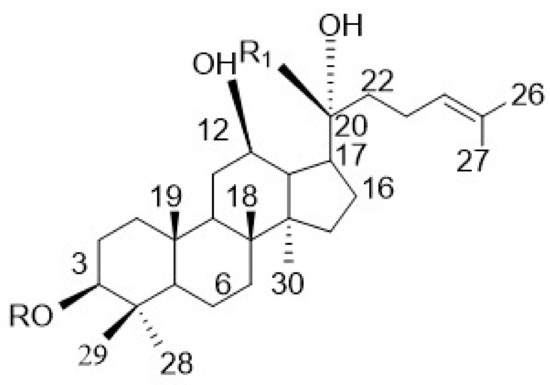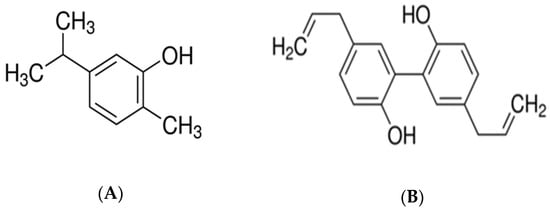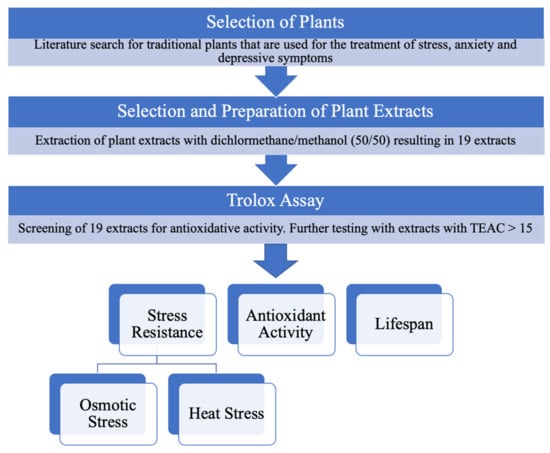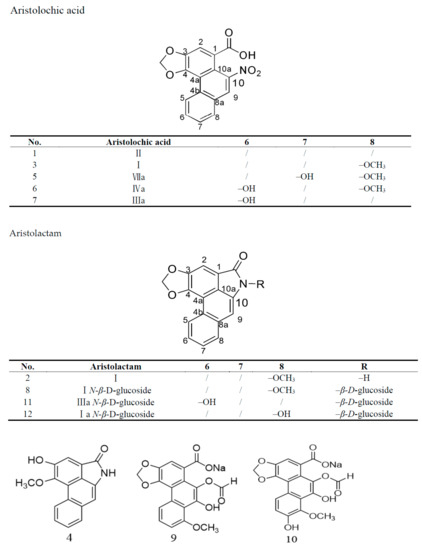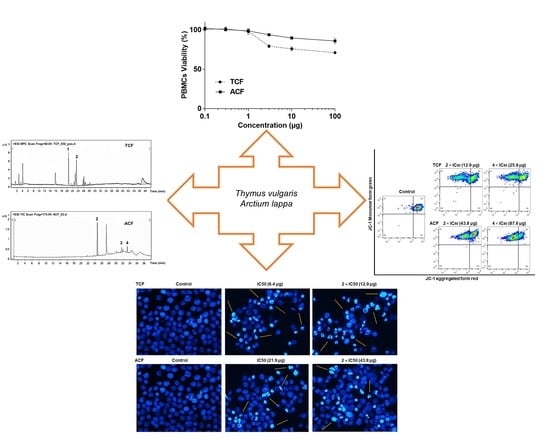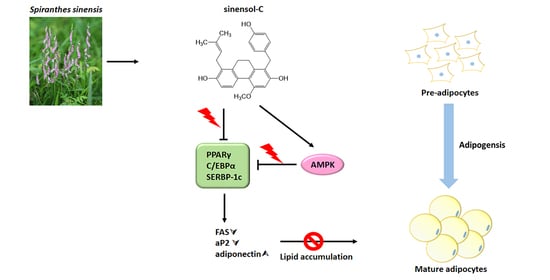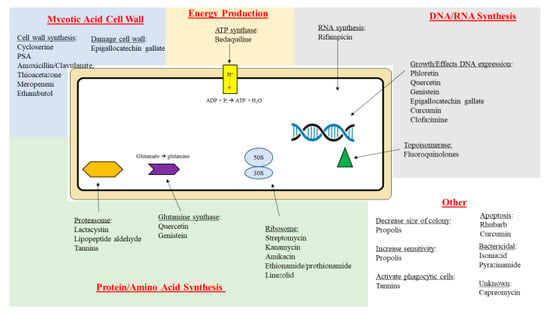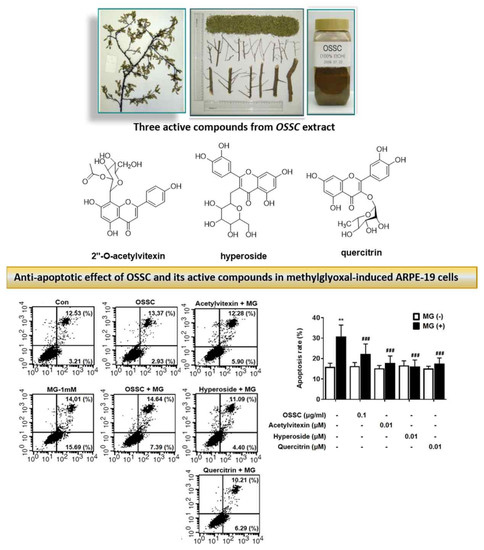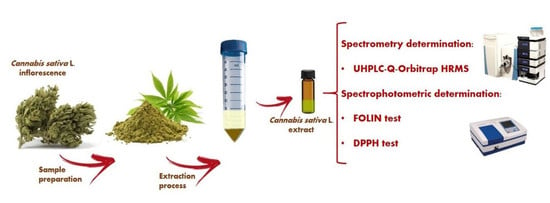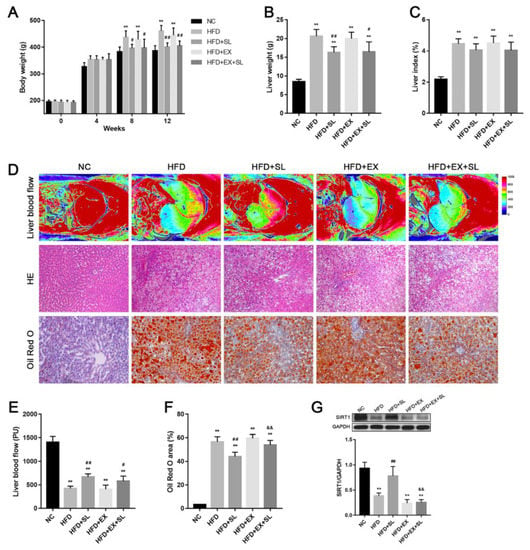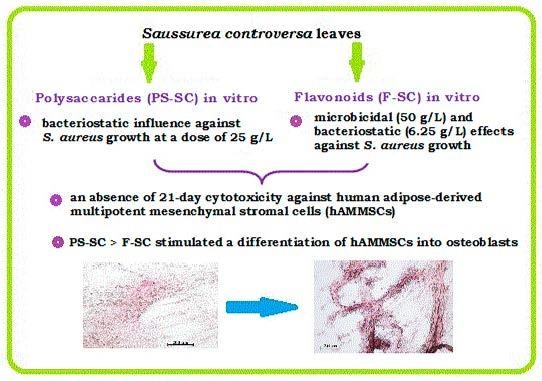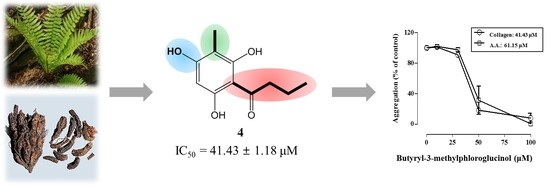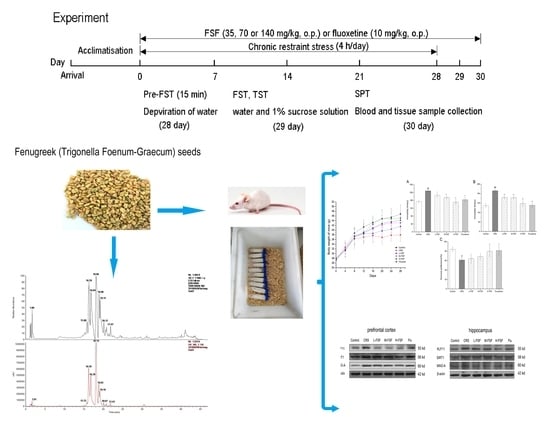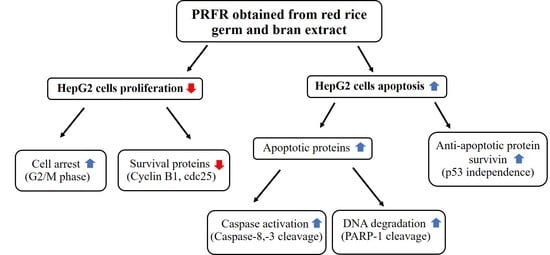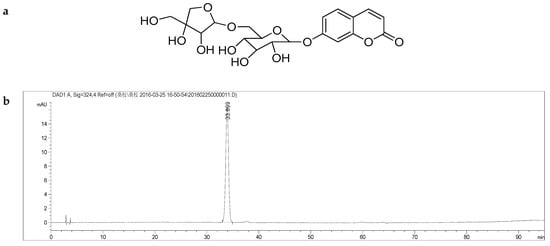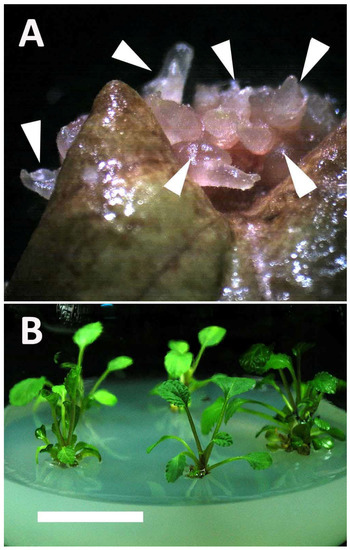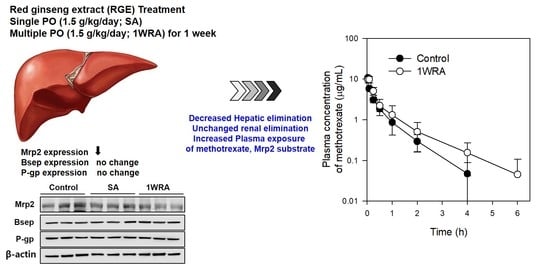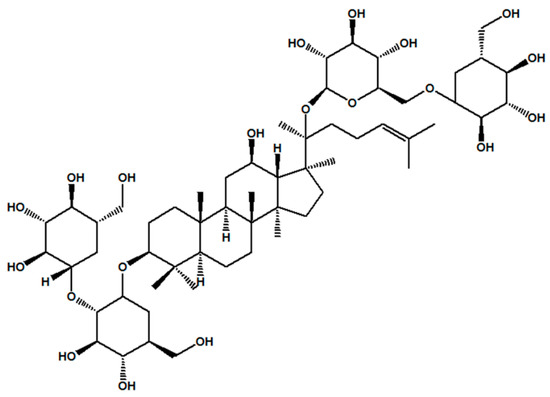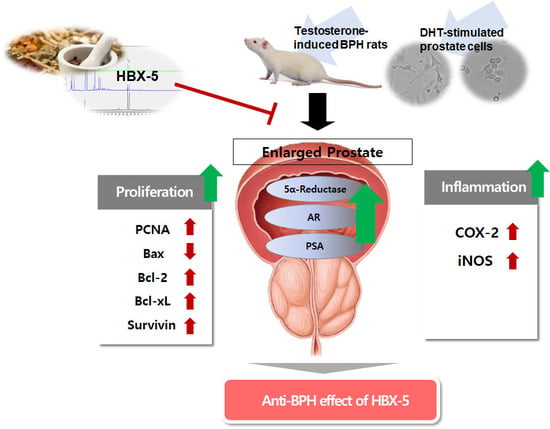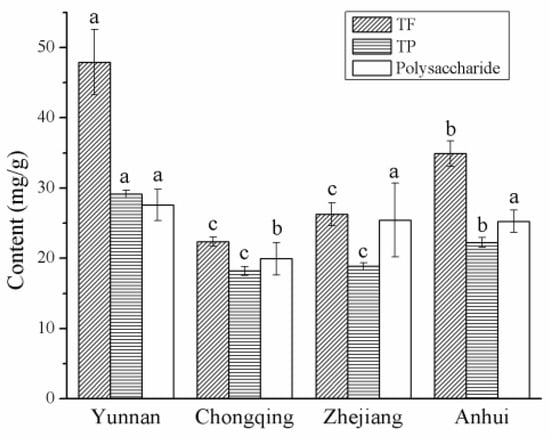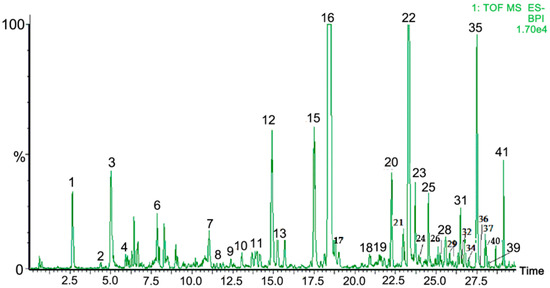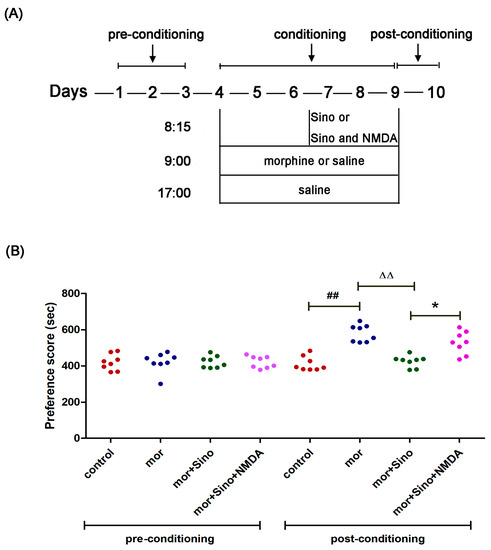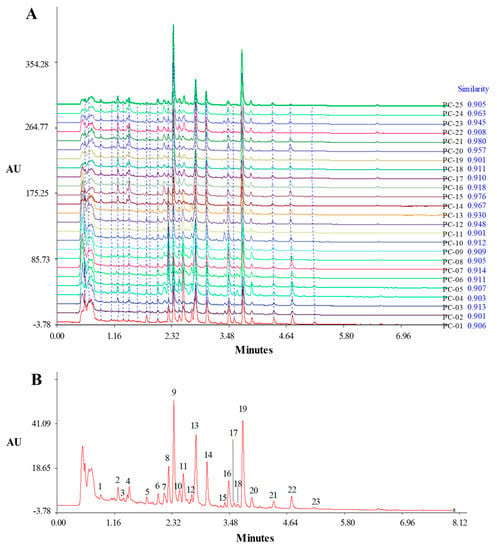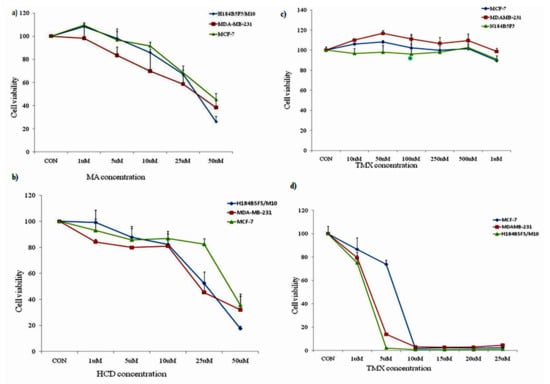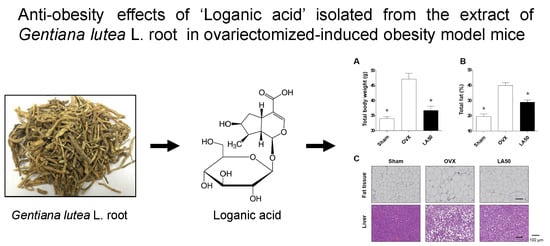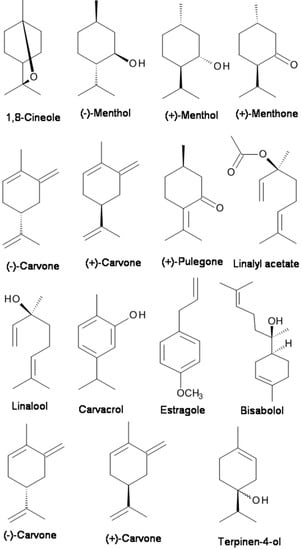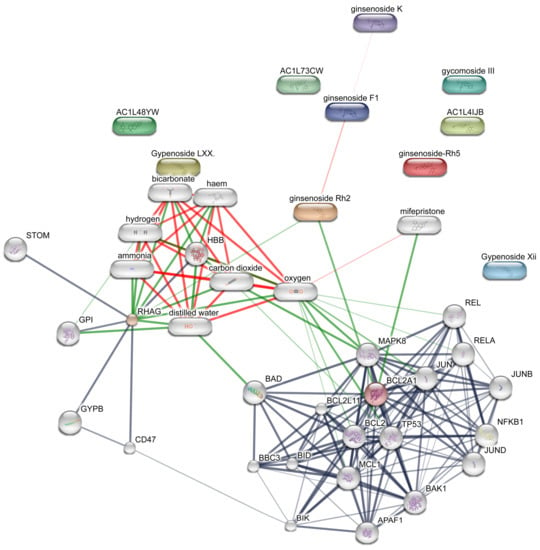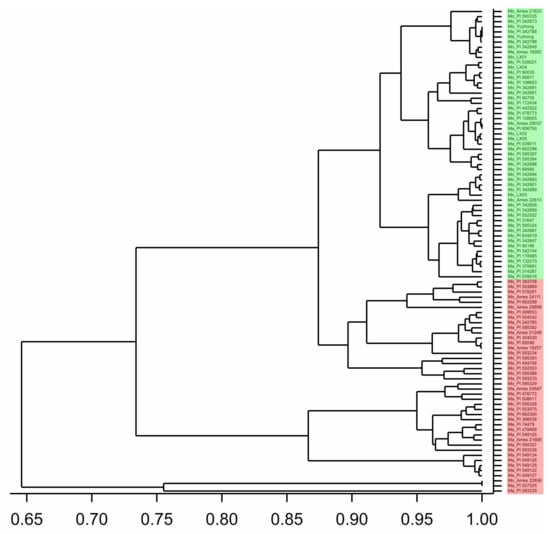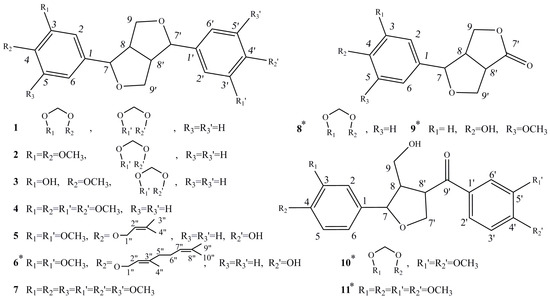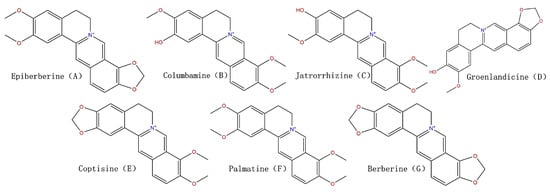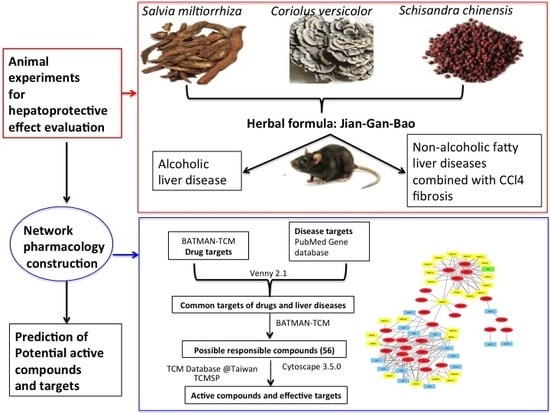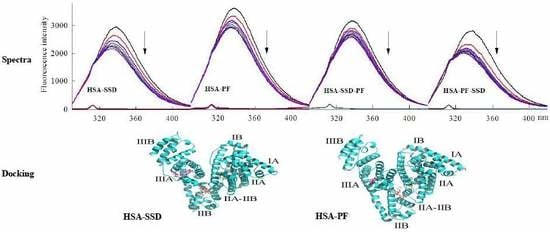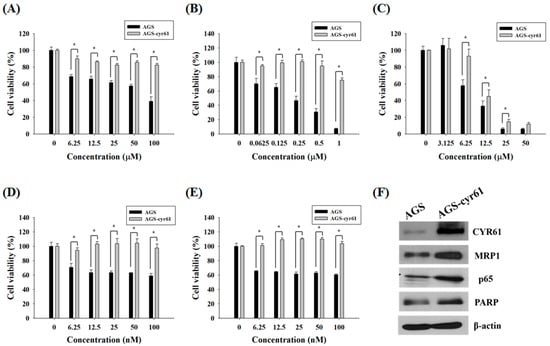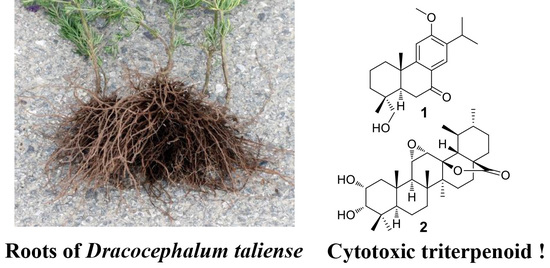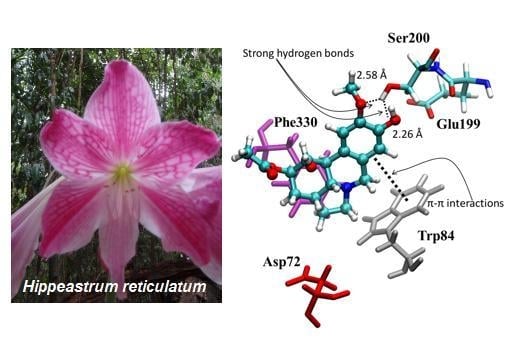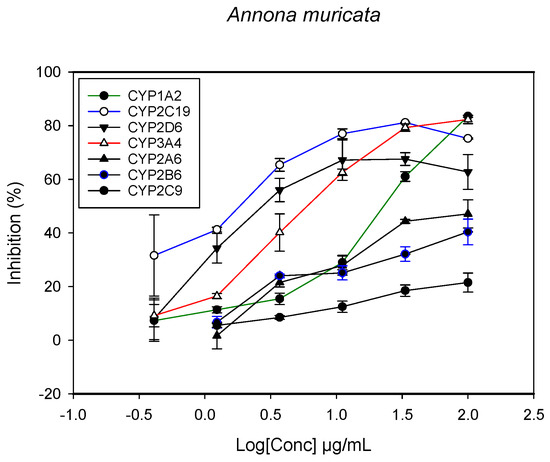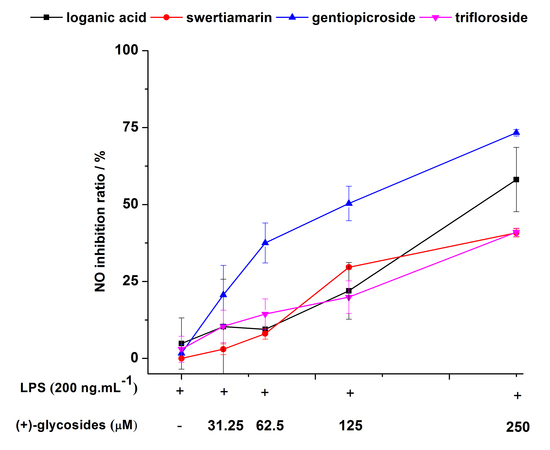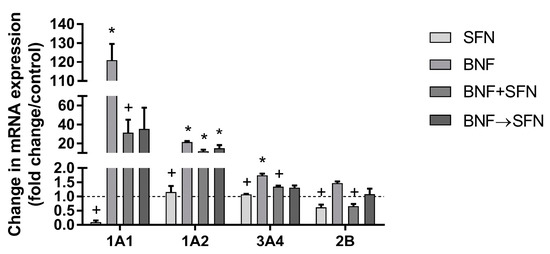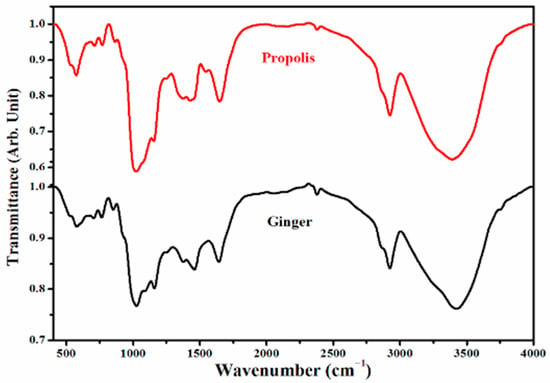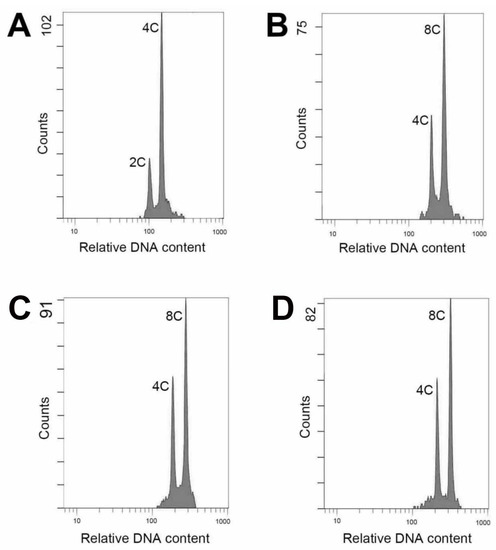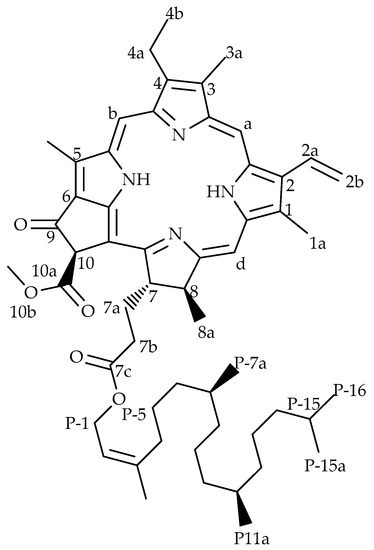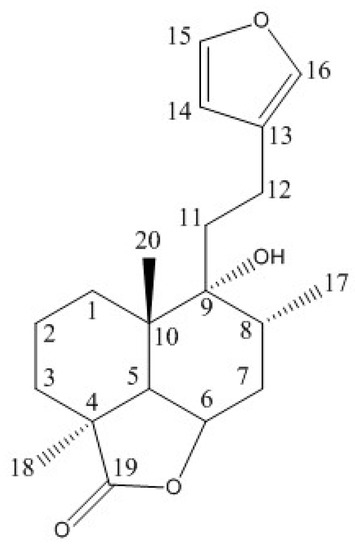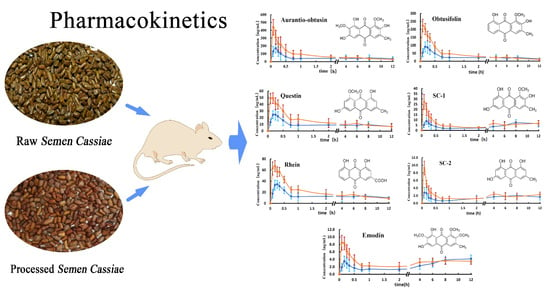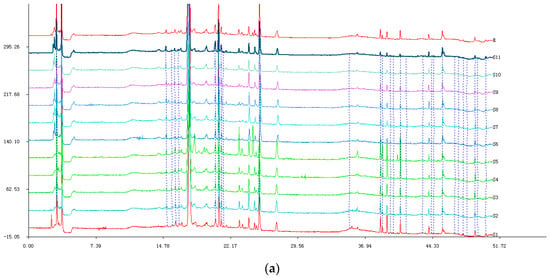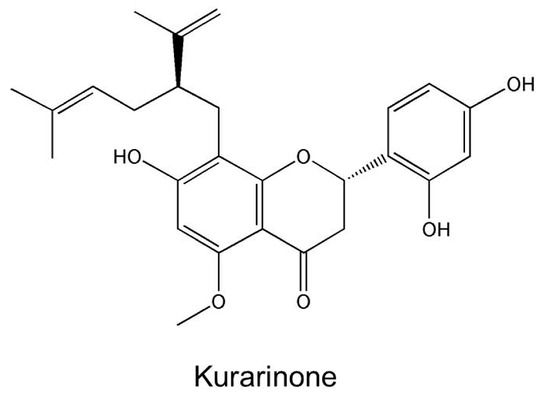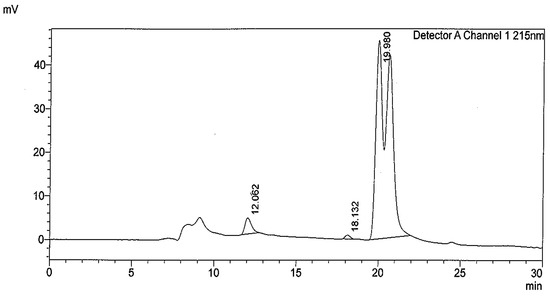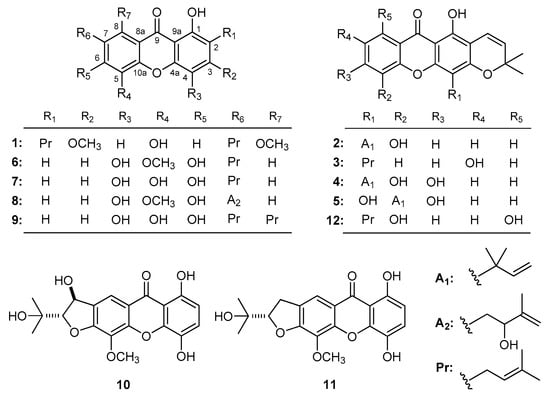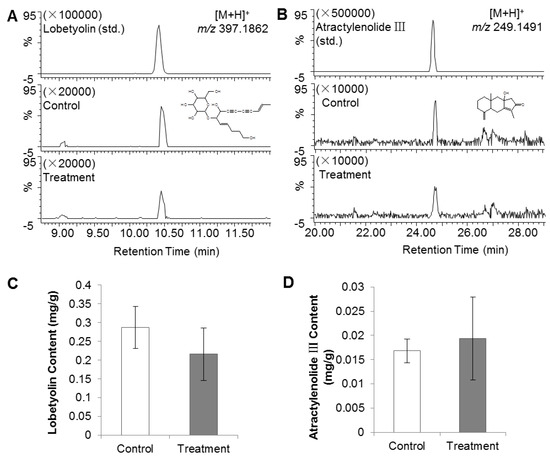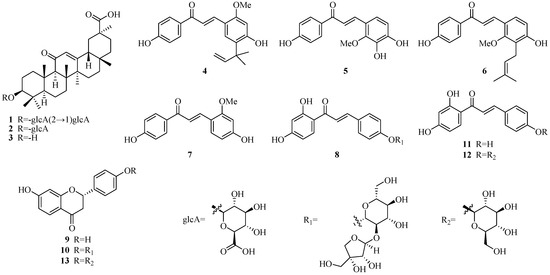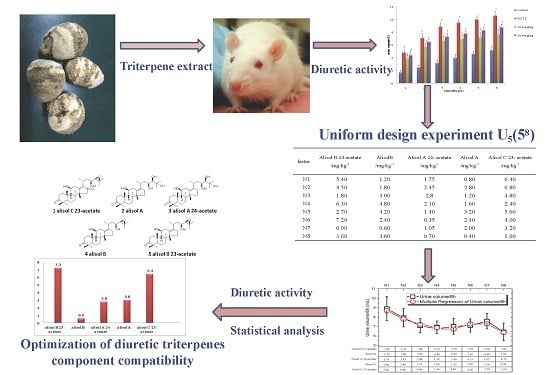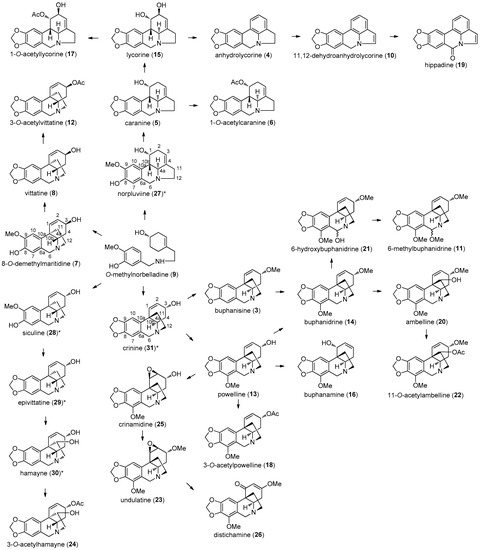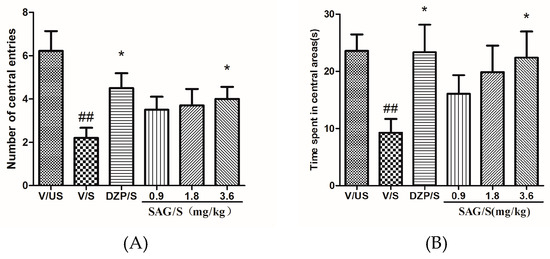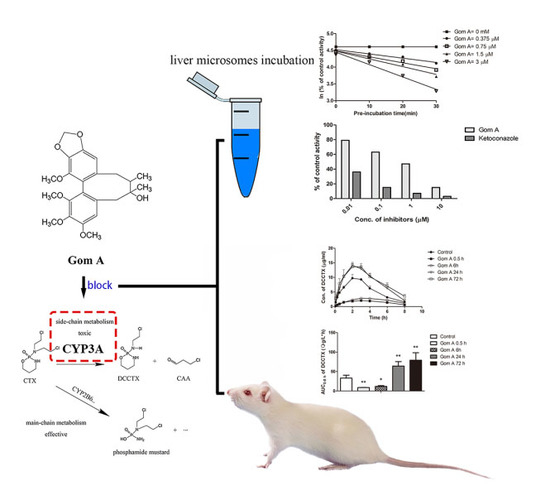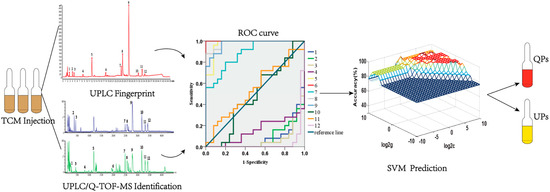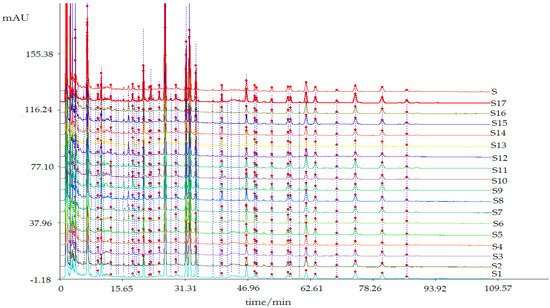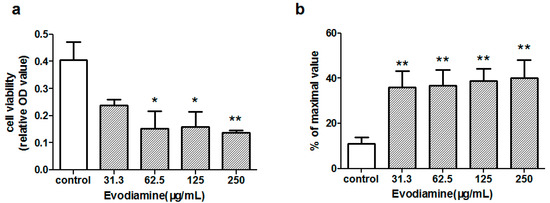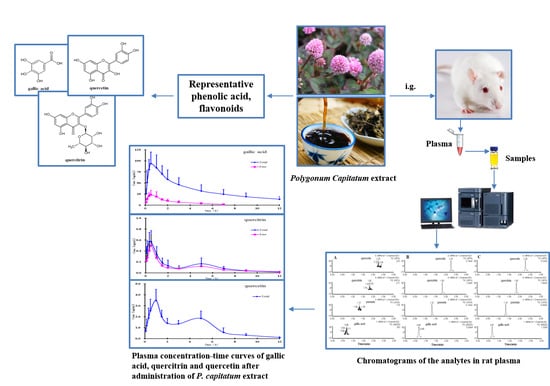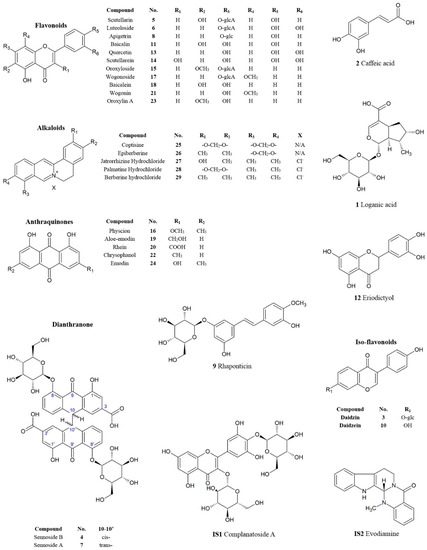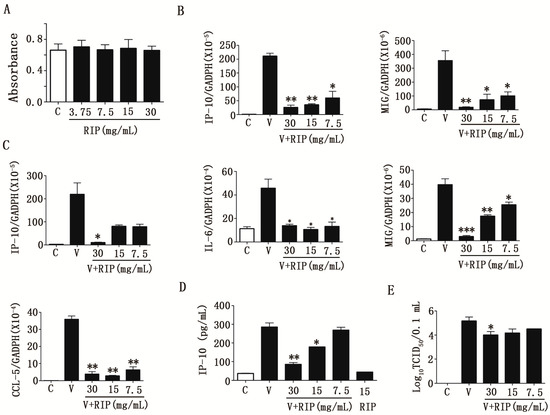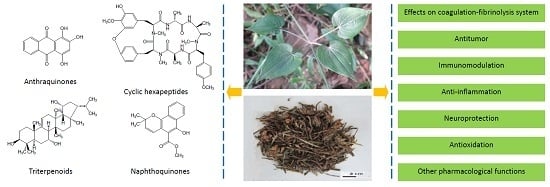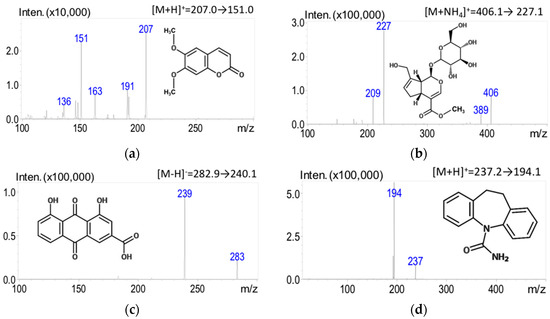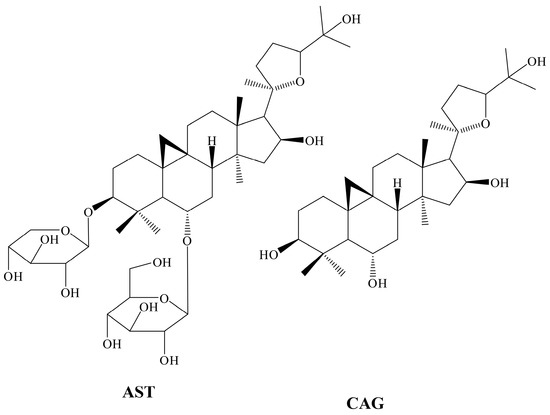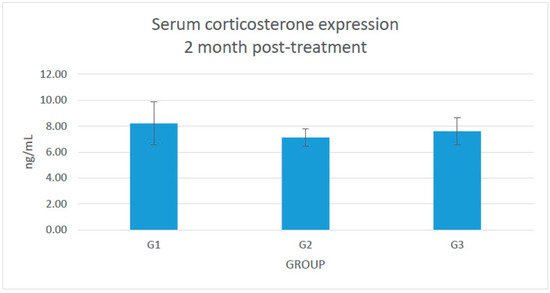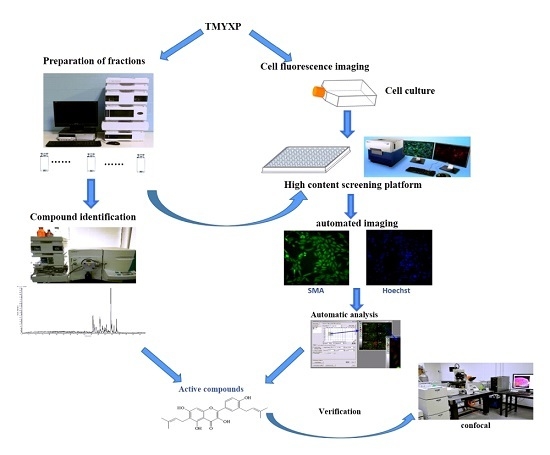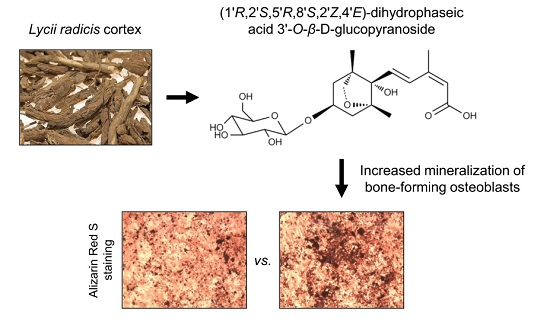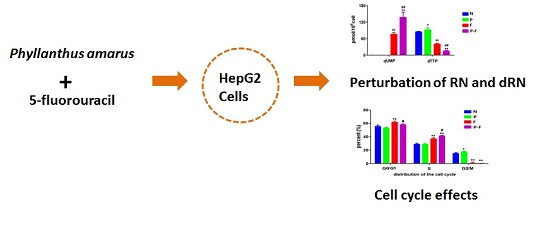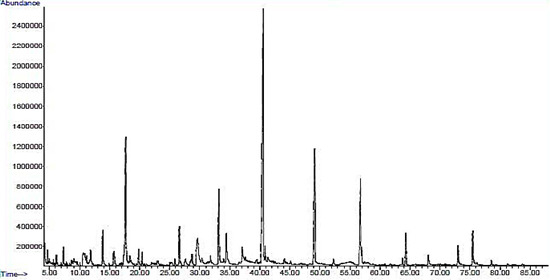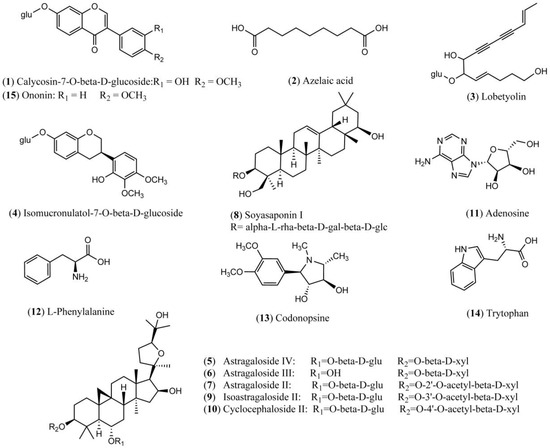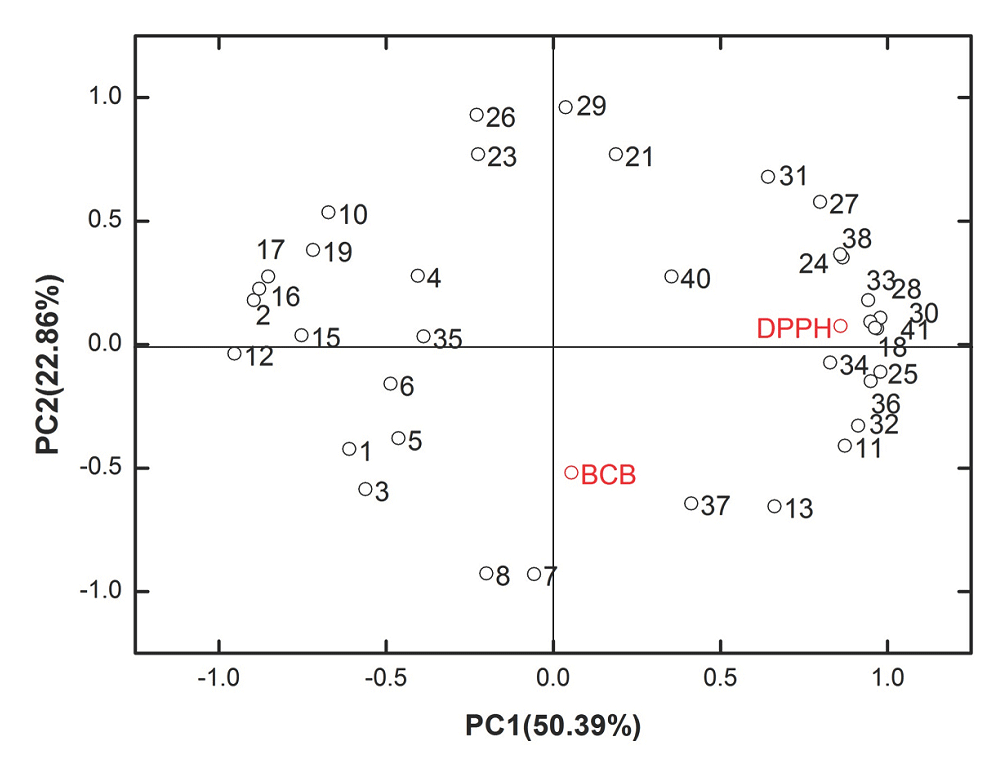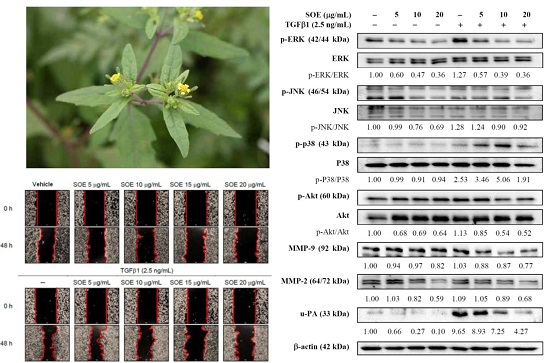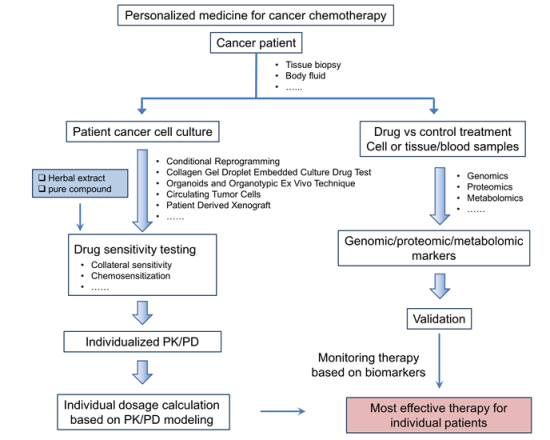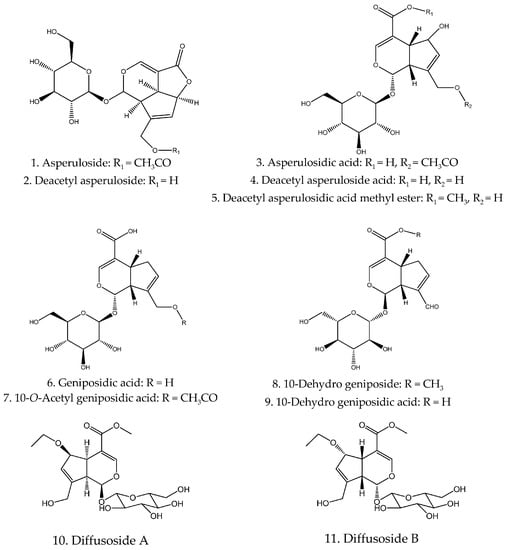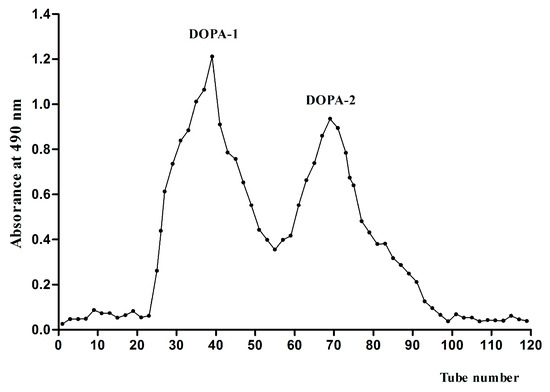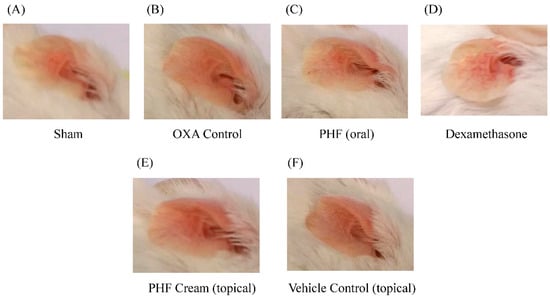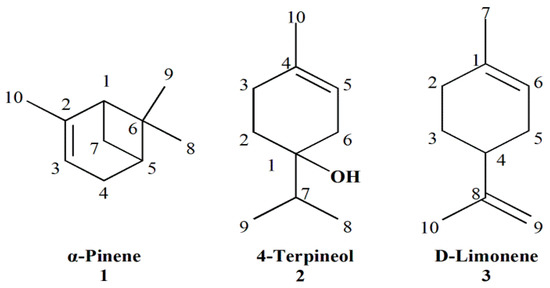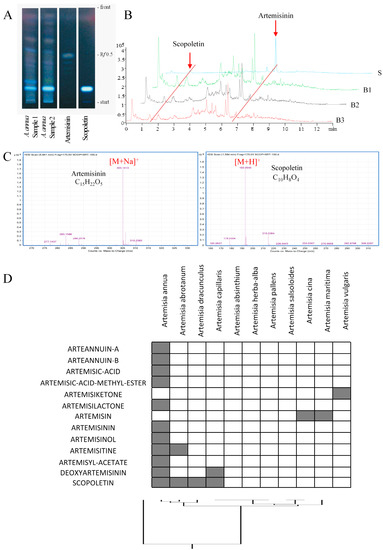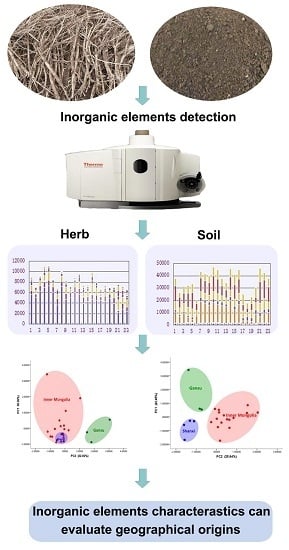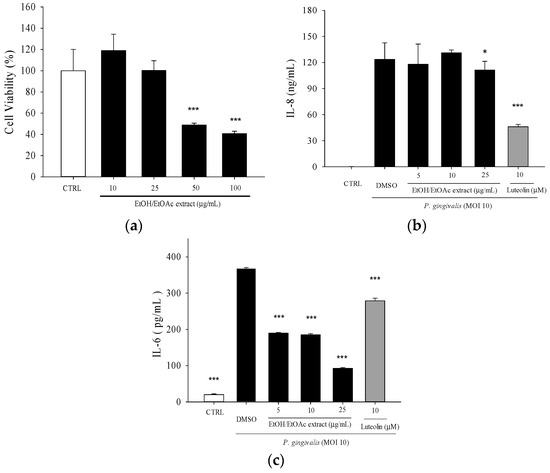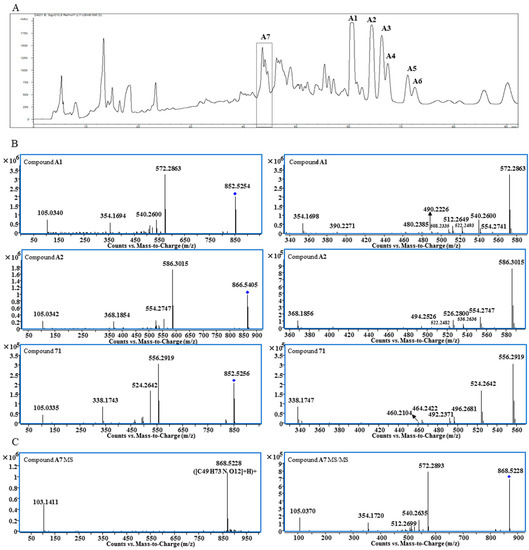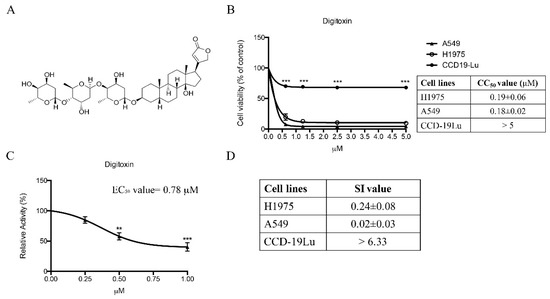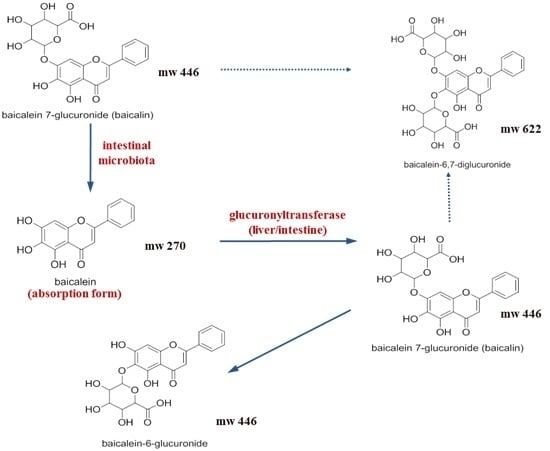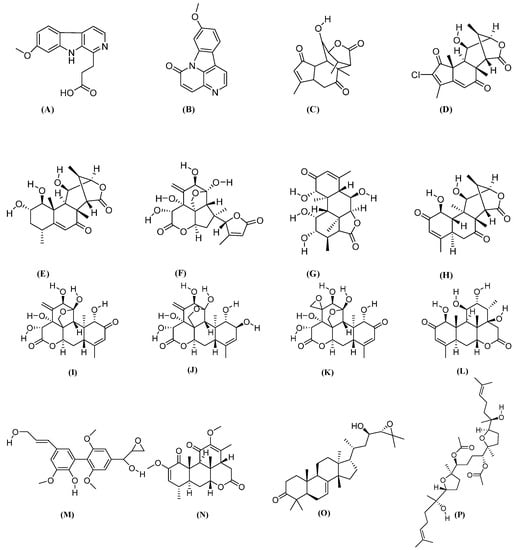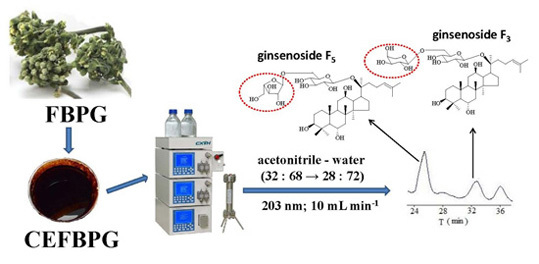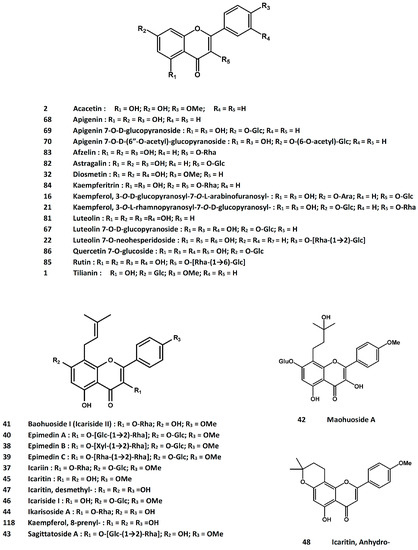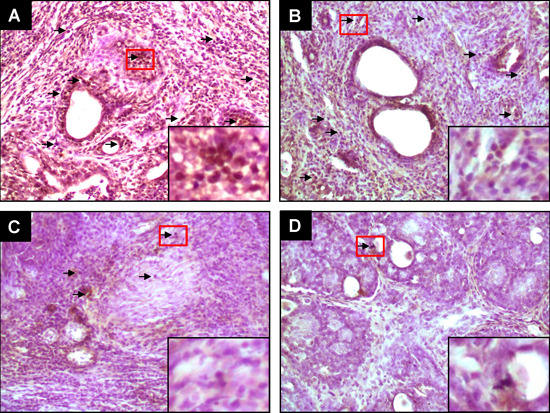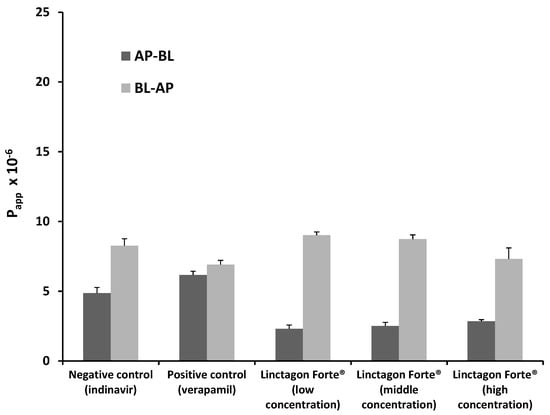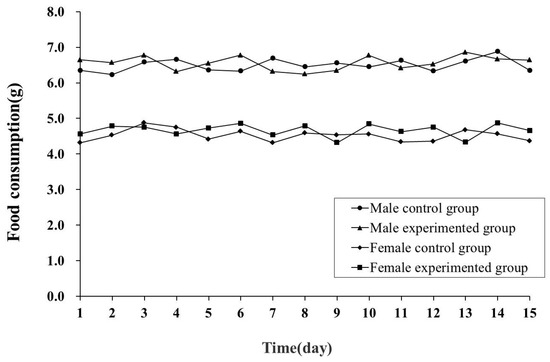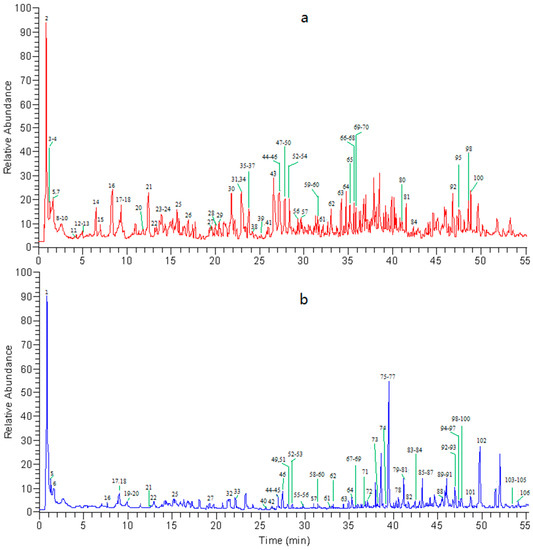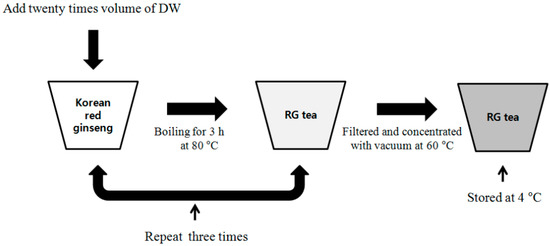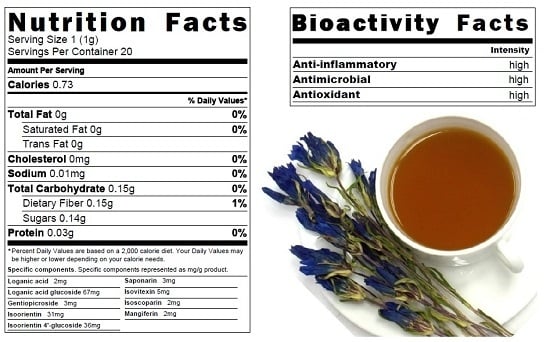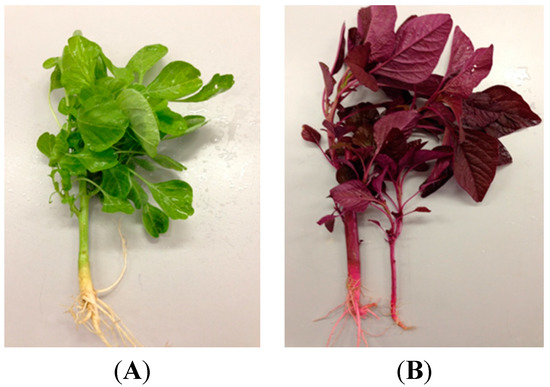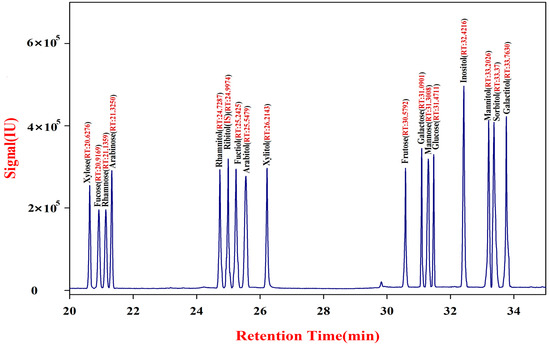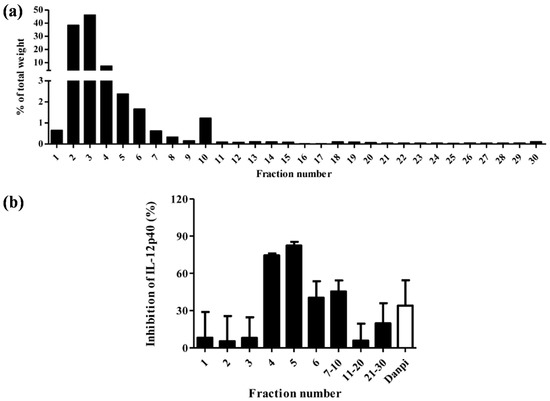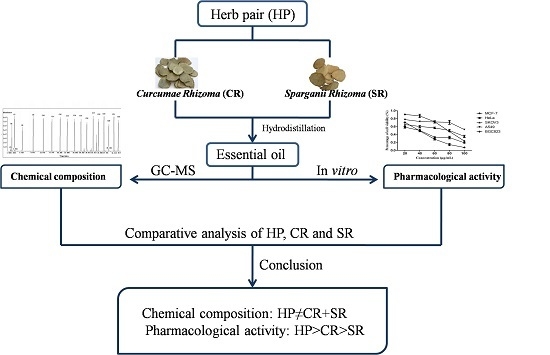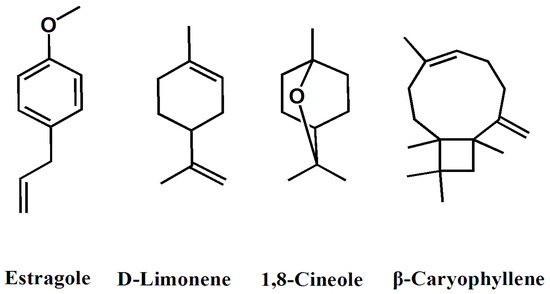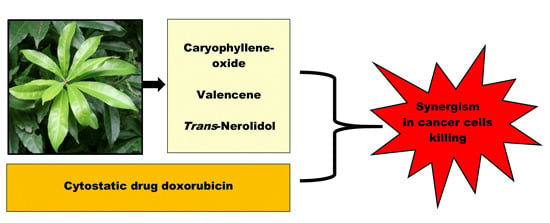Herbal Medicine Research
A topical collection in Molecules (ISSN 1420-3049). This collection belongs to the section "Medicinal Chemistry".
Submission Status: Closed | Viewed by 1158685Editor
Interests: natural products; molecular pharmacology; cancer; drug resistance; genome-wide profiling
Special Issues, Collections and Topics in MDPI journals
Topical Collection Information
Dear Colleagues,
Herbal medicine is practiced widely in different cultures of the world because it is usually affordable, locally accessible, and generally efficacious. Government statistics (2011) in Hong Kong, China showed that about 27% of all primary healthcare consultations were provided by Chinese medicine (CM) practitioners, while 90% of cancer patients used both CM and western medicine. An ongoing survey initiated by the State Council of the People’s Republic of China from 1988 found 11,146 registered herbal Chinese medicines that were currently in use in the last 5-year cycle. These together with herbal medicines of other territories constitute a wealth of natural botanical resources of traditional and newer drugs or more often, prototype compounds for candidate drugs. Herbal medicine research encompasses old and modern disciplines of plant biology, medicinal chemistry and biochemistry, cell and molecular biology, pharmcogenomics, proteomics, and metabolomics. It utilizes traditional and rapidly advancing analytical methods and instrumentation such as gas or liquid chromatography coupled with tandem mass spectrometry, nuclear magnetic resonance and electron-spin resonance, and gene and protein arrays for fractionation, purification, chemical and genetic fingerprinting, derivatization, modification, synthesis, and clinical trials of herbal medicines starting from cell-line to animal and patient studies. Such multidisciplinary efforts will continue to foster novel therapeutic applications of herbal medicines, such as accelerating apoptosis of pro-inflammatory cells in autoimmune diseases, inducing autophagy for anti-aging and oncosuppression, and overcoming resistance of cancer cells to cytotoxic chemotherapy.
This collection of Molecules on “Herbal Medicine Research” welcomes submission of previously unpublished manuscripts from original work on all the above aspects. We plan to receive submissions from 1 August 2015 to 31 January 2016.
With kind regards and best wishes,
Prof. Dr. Thomas Efferth
Collection Editor
Manuscript Submission Information
Manuscripts should be submitted online at www.mdpi.com by registering and logging in to this website. Once you are registered, click here to go to the submission form. Manuscripts can be submitted until the deadline. All submissions that pass pre-check are peer-reviewed. Accepted papers will be published continuously in the journal (as soon as accepted) and will be listed together on the collection website. Research articles, review articles as well as short communications are invited. For planned papers, a title and short abstract (about 250 words) can be sent to the Editorial Office for assessment.
Submitted manuscripts should not have been published previously, nor be under consideration for publication elsewhere (except conference proceedings papers). All manuscripts are thoroughly refereed through a single-blind peer-review process. A guide for authors and other relevant information for submission of manuscripts is available on the Instructions for Authors page. Molecules is an international peer-reviewed open access semimonthly journal published by MDPI.
Please visit the Instructions for Authors page before submitting a manuscript. The Article Processing Charge (APC) for publication in this open access journal is 2700 CHF (Swiss Francs). Submitted papers should be well formatted and use good English. Authors may use MDPI's English editing service prior to publication or during author revisions.
Keywords
- herbal medicines
- analytical chemistry
- medicinal chemistry
- pharmacology and pharamacogenomics
- proteomics and metabolomics
- drug synthesis and modification
- clinical trials







